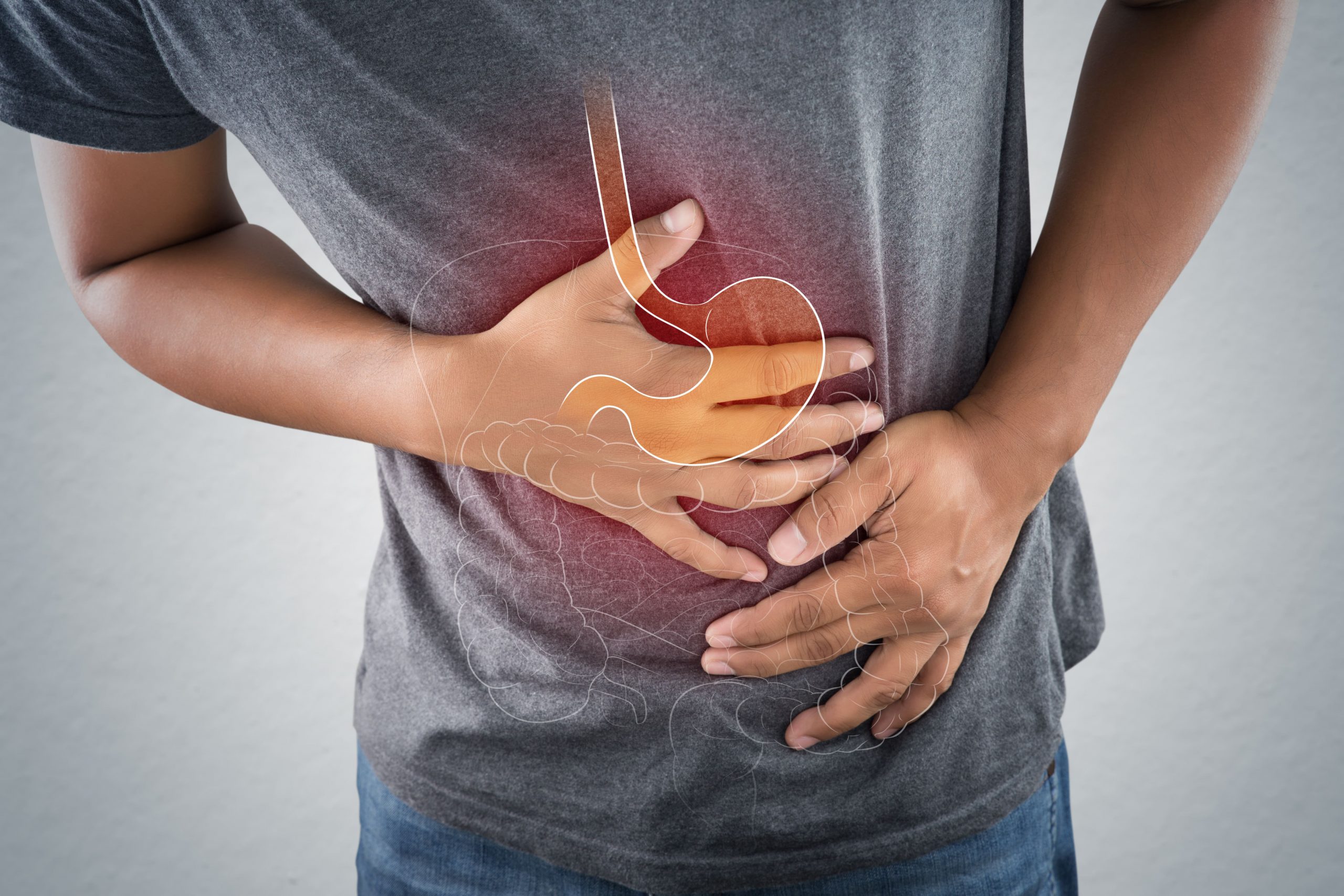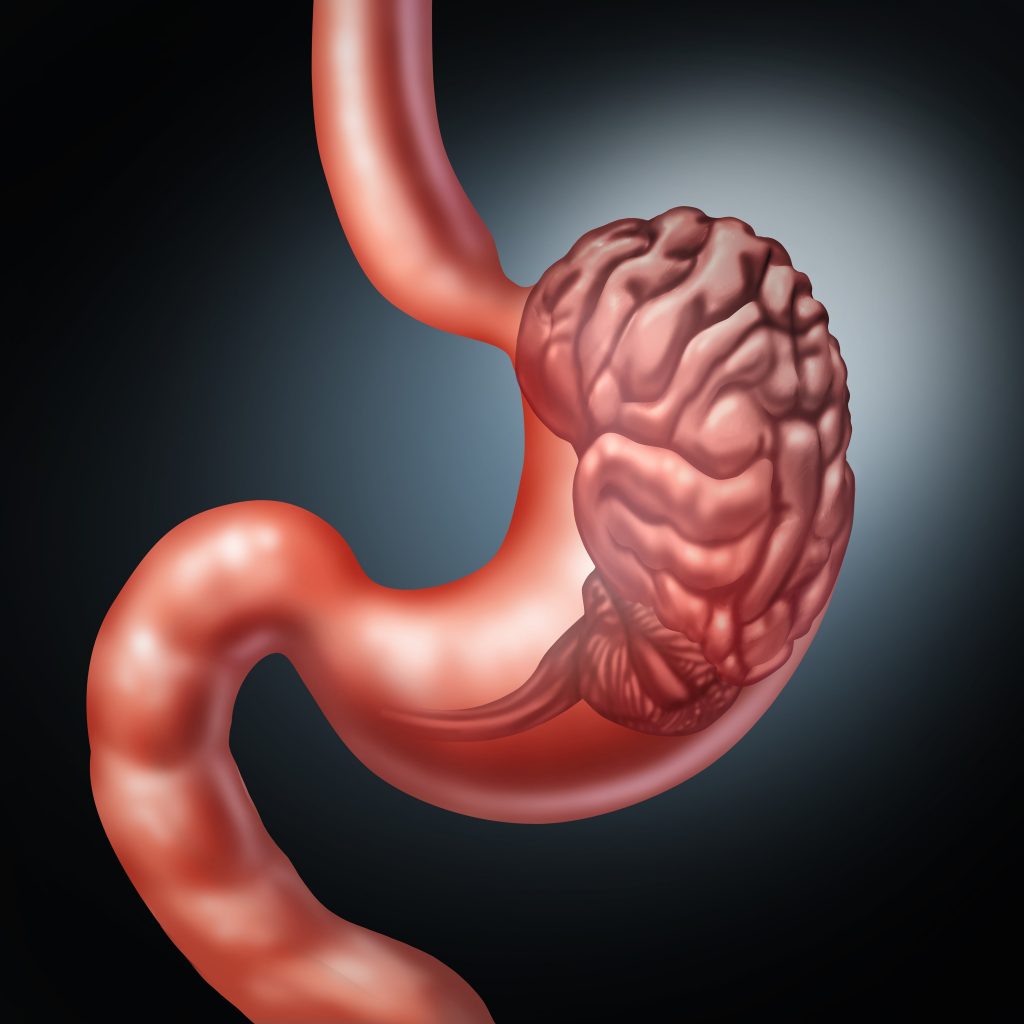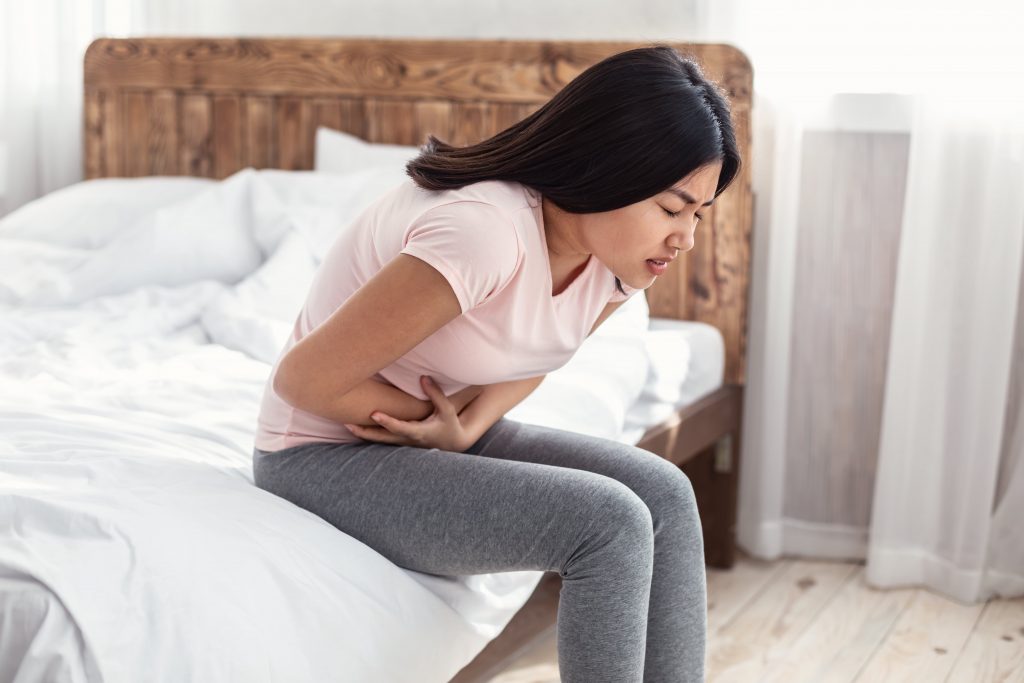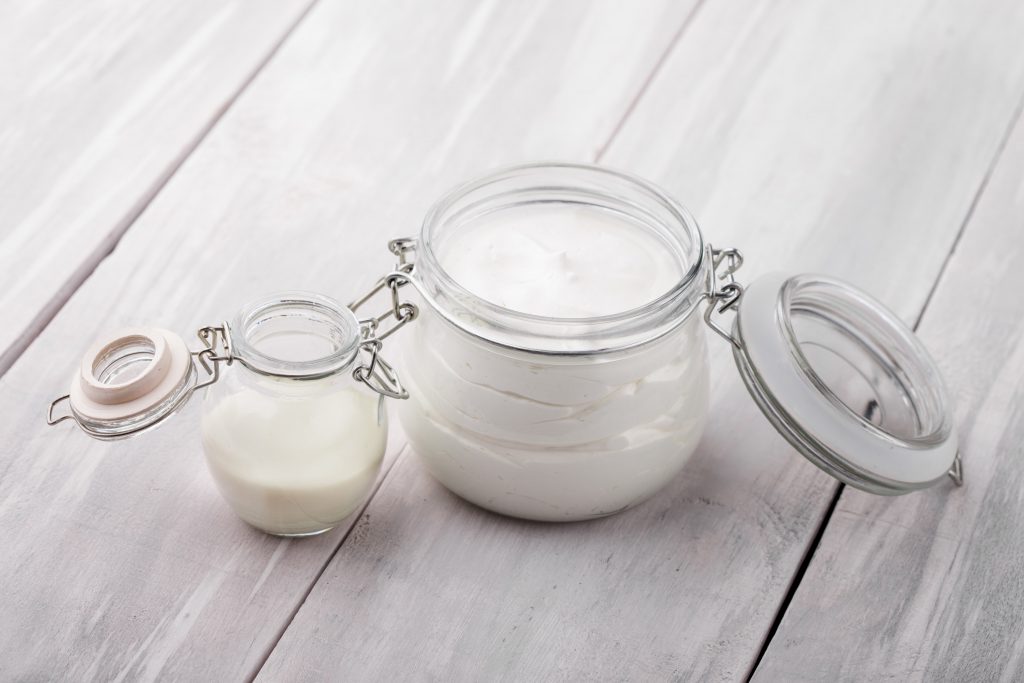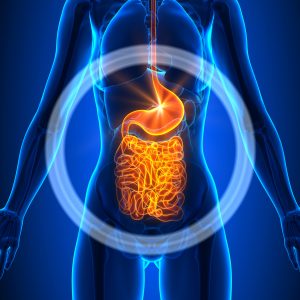It is normal for kids to be boundless bundles of energies. Constantly playing and imagining. Usually it is something considered positive. However, for some kids this boundless energy can interfere with their ability to concentrate, stay still, and learn to their fullest in school and can be signs of attention deficit disorder.
Inattention, hyperactivity, difficulty following instructions? All of these can be signs that will prompt parents and teachers to consider evaluating a child for Attention Deficit Disorder (ADD) or Attention Deficit Hyperactivity Disorder (ADHD). Although there is great value in a proper medical evaluation to get your child care and attention they need, we should be cautious of labeling hyperactivity as pathologic or “bad.”
Whether your child is showing signs of attention deficit disorder or has officially received a diagnosis of ADD or ADHD, there are some great options to try prior to turning to medication.
Nutrition & Diet
The first and most impactful place to start is diet. Our current diets, and especially “kid friendly” diets, tend to be very carbohydrate heavy. Lacking in fats and proteins. Cereal, toast, waffles for breakfast. Granola bars, crackers, fruit gummies, and yogurt as snacks. Sandwiches, wraps, pasta, nuggets for lunch and dinner. These are all very carb heavy choices.
This is not to vilify carbs as a food group. However on their own they can cause problems. Carbohydrates get broken down into sugar or glucose in the body. Glucose is quick burning energy, meaning you get a fast boost in energy followed by a crash. These crashes signal panic in the brain which can cause us to become cranky, upset, tired, and unable to focus. Carb heavy diets also fuel sugar cravings as a way to “correct” the blood sugar crashes. Click here to learn about he impact of Healthy Food for Kids and Easy Tips to Help Your Children and Teens Eat Healthier.
The Power Of Fats & Proteins
Each meal and snack should be balanced with a carbohydrate, a fat, and a protein. Carbohydrates should be coming primarily from your fruits and vegetables, rather than from grains. When you add fats and proteins, you prevent these lows in blood sugar. This is because fats and proteins are slower burning sources of energy. You’ll get your initial boost from carbohydrates and then instead of crashing, the fat and protein take over.
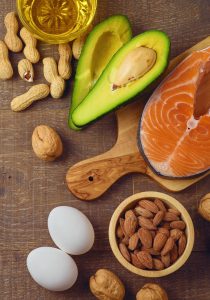
Healthy fat in particular is a great source of fuel for the brain. Whereas carbs tend to be fuel for the muscles. Healthy fats include nuts, nut butter, seeds, avocados, fish, olive oil, and coconut oil. High quality cheese and plain Greek yogurt can also be good sources of fat and protein.
It is also worth mentioning that some kids may have food sensitivities which can cause inflammation in their body. Inflammation makes it very difficult to focus. If the above changes aren’t helping, this may be the next step.
Lifestyle Considerations
Keep your kids as active as positive. Children are constantly growing and developing their brains and motor skills. If they have unused energy, they will not want to sit still and focus so provide them with an appropriate outlet. Consider allowing kids outdoor time or physical play time prior to asking them to sit down to do school work. Also, consider exercise balls as alternatives to chairs for school work. This provides a physical outlet for unused energy so that they can focus more effectively.
Signs Of Attention Deficit Disorder Linked With Screen Time
We are also now seeing new studies that show the impact of electronics and screen time on hyperactivity in kids. Preschoolers exposed to two hours or more of screen time daily were 7 time more likely to be diagnosed with ADHD. Screen time, outside of school specific requirements, should be limited to less than 2 hours per day.

Avoid screens for the first two hours after waking up and for the last two hours before bed. This prevents blue lights from impacting your child’s circadian rhythm which controls their sleep quality and wakefulness. Also, children should not be using screens when they are eating. Over stimulation and multitasking will make it difficult for your kids to focus on just one task. Click here for to read, “Is Today’s Technology Destroying Your Health?”
Natural Alternatives To Drugs
There are several great nutritional supplements and herbs that have been shown in research to be effective alternatives to common pharmaceutical recommendations. However, you should always consult with a health care provider prior to starting anything with your kids. Just because something is natural does not mean that it is the safe or effective for your child. Allow an expert to direct you.
Omega-3 Fatty Acids Or Fish Oils
These are a great option for improving brain health and focus. They have been shown to improve attention in both kids diagnosed with ADHD/ADD and in kids without the diagnosis. Omega-3s are great anti-inflammatories and reducing inflammation in the brain allows for better functioning and concentration.
Herbs
There are also several herbs that can be used as natural alternatives to medications. Saffron has recently been shown to be just as effective as methylphenidate in improving inattention and hyperactivity. Ginkgo biloba, Panax Ginseng, and Bacopa monnieri are additional herbs that have been shown to improve attention and hyperactivity. Although, they were not compared to standard medications. For more information, click here to read, “Backyard Medicine – Grow Your Own Natural Remedies”.
Final Thoughts
It is important to remember that a natural approach is all about treating the root cause. With inattention and hyperactivity, it is not about calming down kids and making them focus. It is about finding out why they are having trouble to begin with and addressing that concern. The process will take time, but the results can last into adulthood.
If you are looking for a more natural approach for your kids, the best place to start is with a consult with a health care provider. This ensures that recommendations are tailored to your child’s specific needs. Just because something works for one child, does not mean it will for every child. Everyone needs an individualized health plan designed for their unique constitution. Click here to access our Family Health Center Directory to locate a health professional near you.
The Author – Dr. Melissa Bucking ND
I am licenced naturopathic doctor serving the Halton region in Ontario. Health education and empowering my patients to take control of their own health is something I am very passionate about. I have a special interest in digestive health, cognition & brain health, as well as fertility. Book a free 15 minute consult today to learn more about my approach and how I can help you!


